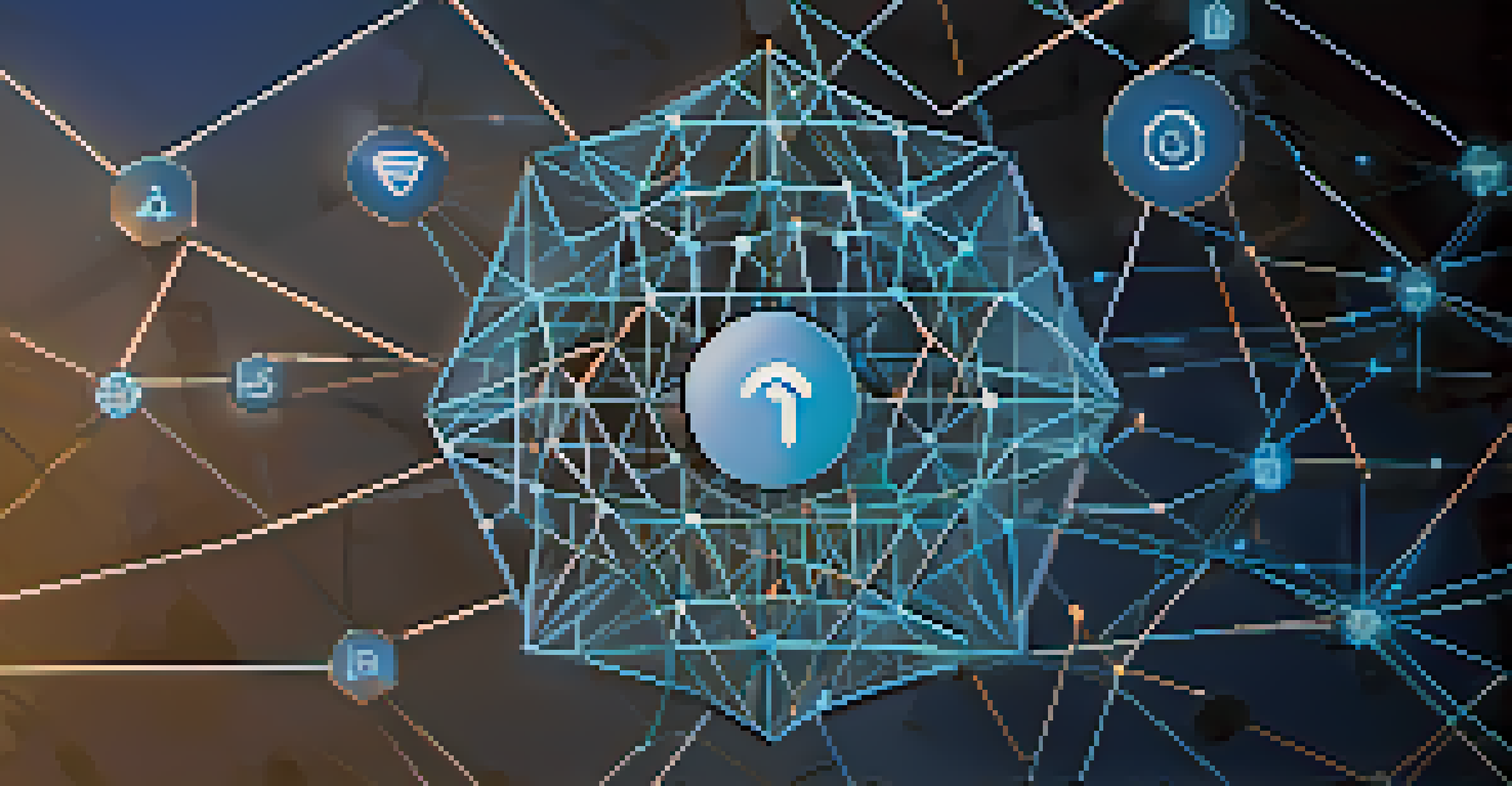Zero Trust Security Model for Cloud Computing

What is the Zero Trust Security Model?
The Zero Trust Security Model is a cybersecurity framework that operates on the principle of 'never trust, always verify.' Unlike traditional security models that rely on perimeter defenses, Zero Trust assumes that both external and internal networks can be compromised. This means that every request for access, no matter where it originates, must be thoroughly authenticated and authorized. Essentially, it’s about safeguarding resources by verifying every user and device before granting access.
Security is not a product, but a process.
Imagine a bank where, instead of just checking your ID at the door, they require you to show it multiple times throughout your visit. This is similar to how Zero Trust functions—constantly verifying who you are and what you have access to. This model is particularly crucial in today's cloud computing landscape, where data is often accessed from various locations and devices, increasing the risk of breaches.
The shift towards a Zero Trust approach is not just a trend; it's become a necessity in a world where cyber threats are constantly evolving. By implementing this model, organizations can better protect their sensitive data, especially as they move more resources to the cloud.
Key Principles of Zero Trust Security
Zero Trust is built on several core principles that guide its implementation. The first is 'least privilege access,' which means users are granted only the permissions they need to perform their jobs. This minimizes the risk of insider threats and limits the potential damage of a compromised account. Another principle is continuous monitoring, ensuring that user and device behavior is constantly evaluated for anomalies.

Think of least privilege access like giving someone a key to only one room in your house rather than the entire building. This way, if that key is lost or stolen, the potential for damage is limited. Continuous monitoring acts as a security guard who keeps an eye on activities, ensuring nothing suspicious slips through the cracks.
Zero Trust: Always Verify Access
The Zero Trust Security Model mandates that every access request is thoroughly verified, regardless of its origin, to enhance data protection.
Lastly, the Zero Trust model emphasizes strong authentication methods, such as multi-factor authentication (MFA). This requires users to provide two or more verification factors to gain access, significantly enhancing security. Together, these principles create a robust defense against cyber threats.
Why Zero Trust is Essential for Cloud Computing
As businesses increasingly migrate to cloud environments, traditional security measures often fall short. The Zero Trust model is essential because it addresses the unique challenges of cloud computing, such as remote work and the use of personal devices. With employees accessing sensitive data from various locations, relying solely on perimeter security is no longer enough.
In the world of cybersecurity, there are no guarantees, only degrees of risk.
Consider how a hotel operates. Just because someone checks in doesn’t mean they can access all the rooms; they might only have a key to theirs. Similarly, Zero Trust ensures that even if a user has access to the cloud, it doesn’t automatically grant them access to all data. Each request is evaluated based on the user's identity, the device in use, and the data being accessed.
Moreover, implementing Zero Trust can enhance compliance with regulations such as GDPR or HIPAA, which demand rigorous data protection standards. By ensuring that only authorized users can access sensitive information, organizations can better safeguard against data breaches.
Implementing Zero Trust in Cloud Environments
Implementing Zero Trust in cloud environments involves a series of strategic steps. First, organizations need to assess their current security posture to identify vulnerabilities. This includes reviewing who has access to what data and how that access is granted. Once vulnerabilities are identified, the next step is to establish a comprehensive identity and access management (IAM) system.
Think of this process like renovating a house. Before you can create a secure space, you need to understand its existing layout and identify areas that could be improved. A robust IAM system helps control who can access cloud resources and ensures that authentication processes are in place.
Core Principles of Zero Trust
Key principles such as least privilege access and continuous monitoring are essential in minimizing risks and enhancing security within the Zero Trust framework.
Additionally, organizations should invest in continuous monitoring tools to detect any unusual activity. This proactive approach allows businesses to respond quickly to potential threats, minimizing the risk of a data breach. Ultimately, a well-planned Zero Trust implementation can create a more secure cloud environment.
Challenges in Adopting Zero Trust Security
While the benefits of Zero Trust are clear, organizations may face challenges in its adoption. One major hurdle is the complexity of existing IT infrastructure. Many companies have legacy systems that may not easily integrate with modern Zero Trust solutions, requiring significant time and resources to upgrade.
It’s akin to trying to fit a square peg into a round hole; sometimes, it just doesn’t work without some adjustments. Organizations must carefully plan their transition, ensuring all systems are compatible with Zero Trust principles.
Additionally, there can be resistance from employees who may find the increased security measures cumbersome. Educating staff on the importance of these protocols and how they protect both the organization and individual employees is vital for a smooth transition.
The Role of Technology in Zero Trust Security
Technology plays a crucial role in the successful implementation of the Zero Trust model. Solutions like identity and access management tools, encryption, and network segmentation are foundational to creating a Zero Trust architecture. These technologies work together to ensure that access to resources is tightly controlled and monitored.
Imagine a high-tech security system in a museum, where every exhibit is monitored, and only authorized personnel can access certain areas. Similarly, Zero Trust technologies help enforce strict access controls and monitor all interactions with sensitive data.
Challenges in Zero Trust Adoption
Organizations may encounter difficulties in adopting Zero Trust due to legacy system complexities and employee resistance to increased security protocols.
Moreover, advanced analytics and artificial intelligence can enhance the effectiveness of Zero Trust by identifying patterns and anomalies in user behavior. This proactive approach allows organizations to detect potential threats before they escalate, reinforcing the overall security framework.
Future Trends in Zero Trust Security
As cybersecurity threats continue to evolve, the Zero Trust model is also expected to adapt and grow. One emerging trend is the integration of Zero Trust principles with machine learning and artificial intelligence. These technologies can analyze massive amounts of data to identify unusual patterns that may indicate a security breach.
Think of it as having a personal assistant who learns your habits and alerts you if something seems off. This proactive monitoring will become increasingly important as cyber threats become more sophisticated.

Additionally, as remote work becomes more prevalent, Zero Trust solutions will likely focus on enhancing user experience while maintaining security. Balancing convenience with safety will be critical as organizations strive to protect their assets in a dynamic cloud environment.